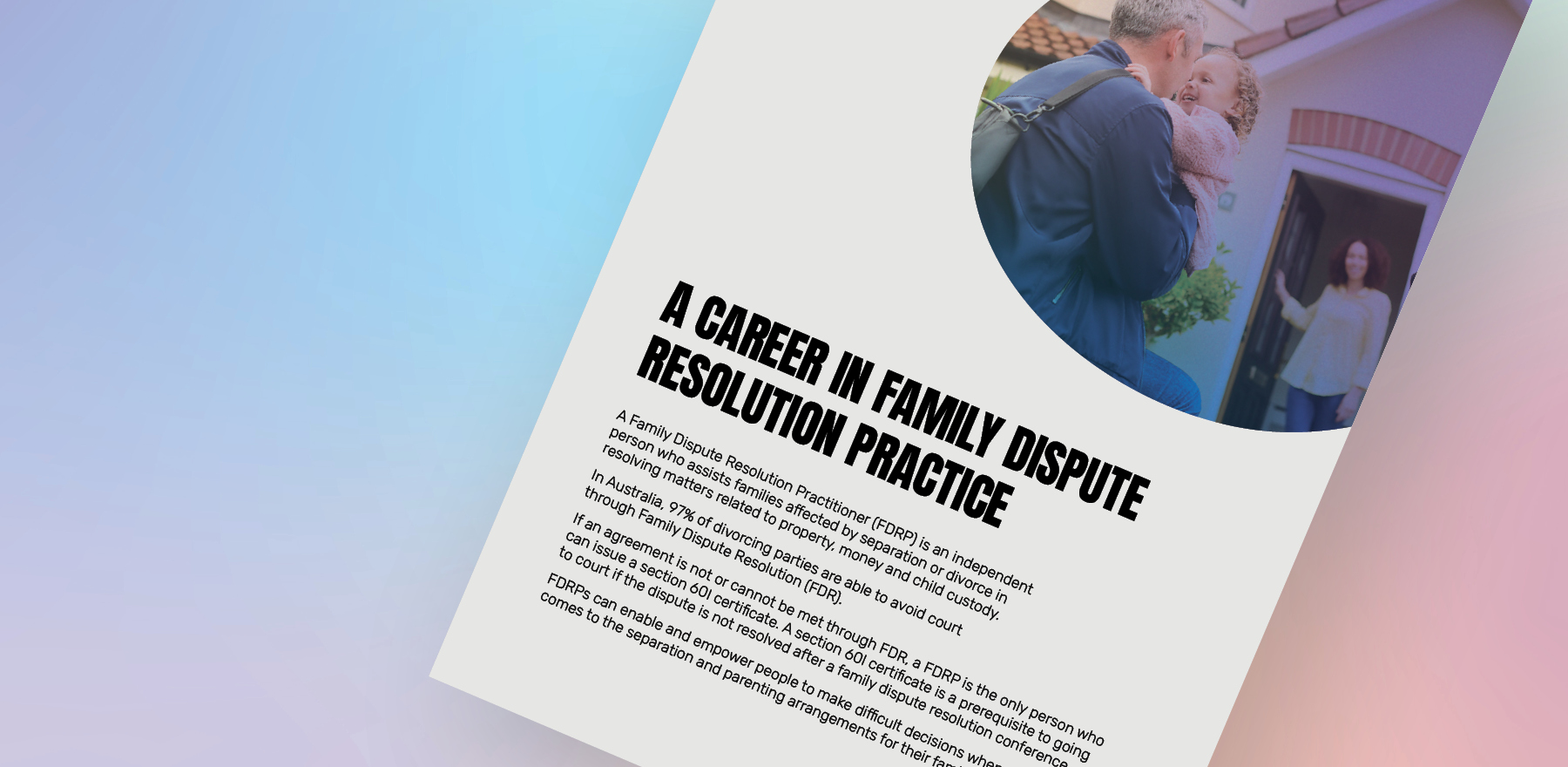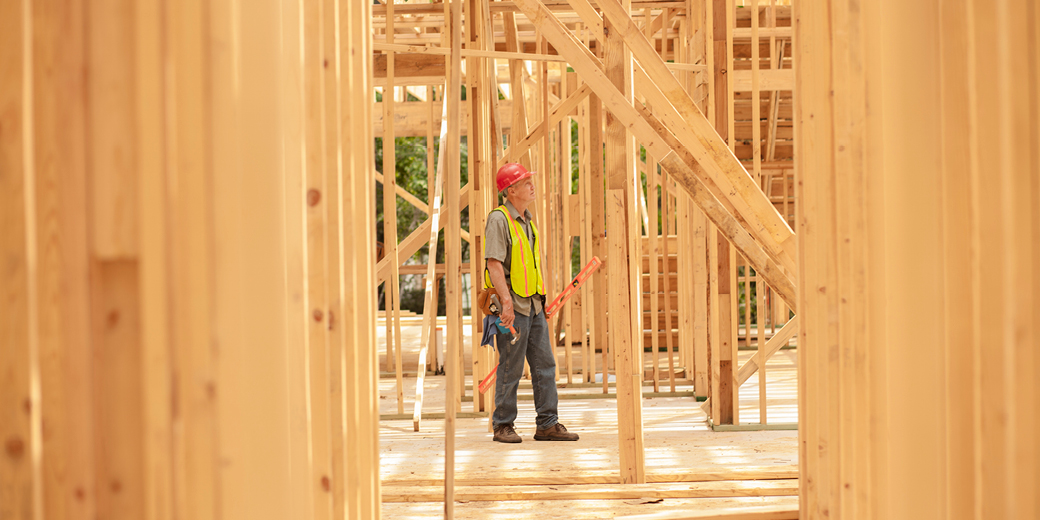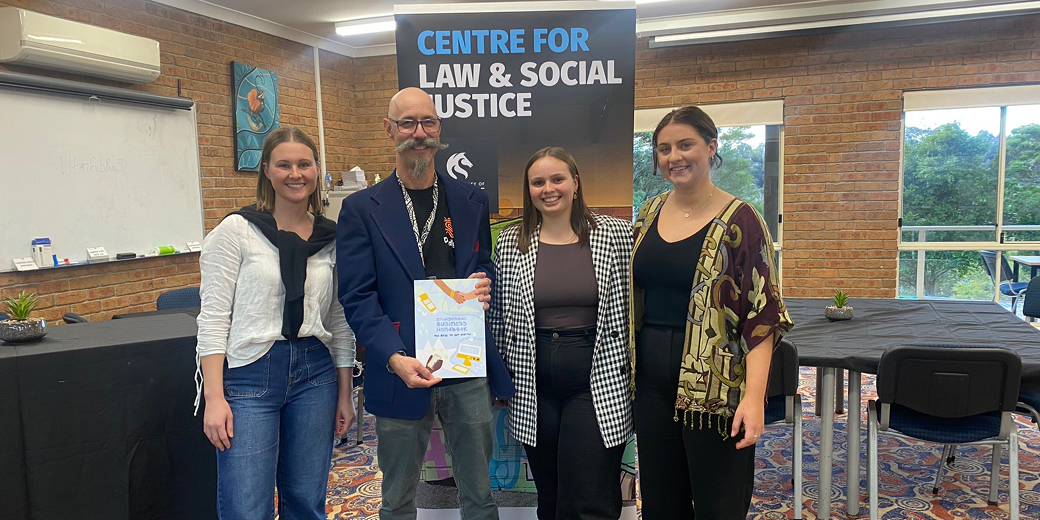Dealing with matters of wills, estates and succession can be a trying time for families. For lawyers who specialise in succession law, it’s important to manage this process smoothly, with attention to detail and emotional care. Recently, the Supreme Court of New South Wales introduced combined Succession & Probate Lists, applicable to family provision claims and contested probate applications. Queensland is also trialling a Wills and Estates List and there are likely to be further implications for other jurisdictions.
We spoke to College of Law Adjunct Lecturer Josephine Pignataro, Special Counsel at HWL Ebsworth, and Accredited Specialist in Wills and Estates with the Law Society of NSW. Josephine has also been recognised by Doyle’s Guide for Estate Litigation and Estate Planning. In this succession law update, Josephine explores what you need to know, how it compares to other states and territories, and how these changes might be implemented.
What do wills & estates practitioners need to know?
As part of these updates, a new Practice Note was published, reflecting the changes to the practice of family provision and probation litigation in New South Wales. It commenced on 1 July 2023.
“It completely replaces the old Practice Note SC EQ 07 which only related to family provision matters,” Josephine explains. “It deals with practice and procedure in contentious probate proceedings and probate proceedings required to be dealt with by a judge, as well as family provision matters.
“The list will now be known as the Succession & Probate List and will be managed by a Succession & Probate Judge. It is anticipated that three Judges will rotate through this role,” Josephine says.
In addition to this ‘Fridays are the new Mondays!’ This means the list will be managed on Fridays instead of Mondays.
“As always, practitioners are expected to have reached Consent Orders with opposing parties where possible, but the change is that Consent Orders must be lodged before 12pm on Thursday” Josephine cautions.
“Regional practitioners should note that applications to appear in the Friday List remotely by practitioners not in Greater Sydney should be directed by email to the List Judge's Associate no later than 12pm on Thursday.”
Other notable changes include:
“Applications for substituted service, security for costs, setting aside subpoenas or Notices to Produce may only be brought by Notice of Motion with the leave of the Registrar in Equity,” Josephine says. “Any urgent applications must be made by arrangement with the List Judge's Associate to obtain a suitable time for hearing of the application.
“Importantly, subpoenas in matters in the list must not be issued without leave of a Judge. There are changes with Notices to Produce too. Notices to Produce (other than under Uniform Civil Procedure Rule s21.10(1)(a)) must not be served without leave of a Judge.”
A final note, unless otherwise ordered, mediation will be Court annexed which signals a move away from private mediations.
How does NSW compare to other states and territories?
Combining the Succession & Probate Lists is a move being closely watched by other jurisdictions.
“Queensland is currently trialing a Wills and Estates List,” Josephine observes.
“A comprehensive practice note, Practice Direction Number 14 of 2023, was issued on 14 June 2023 - it seems that dedicated lists in this area of law will be the way of the future,” Josephine says. “Practice notes that clearly set out the obligations of practitioners and how these matters are run will accompany these new, dedicated lists, aiming to provide both clarity and rigour in these proceedings. In my view, this is positive.”
Indeed, the New South Wales practice note was intended to facilitate a clear understanding of these updates.
“The Practice Note coincided with the commencement of the Succession & Probate List on 1 July 2023 and comes after the retirement of Justice Phillip Hallen on 30 June 2023,” Josephine says.
“It was designed to provide clarity around a legal practitioner's obligations regarding contested probate litigation. It also highlighted how these updates might facilitate just, cheap and quick disposal of proceedings, which can be seen with the prohibition on Subpoenas and Notice to Produce without leave of Judge.”
What does this mean for you?
These updates do represent some shifts from previous practice.
“In New South Wales, the fact that Subpoenas must not be issued without leave of Judge and that Notices to Produce must not be served without leave of Judge is a significant departure to the usual practice,” Josephine says.
Making matters more efficient could be a major upshot of this update.
“It will focus practitioners on the issues at hand, prevent service of a plethora of possibly irrelevant Subpoenas and request of superfluous material in Notices to Produce, and no doubt is designed to facilitate the just, quick and cheap disposal of proceedings,” she explains.
For lawyers looking to implement these updates, Josephine suggests taking the time to consider and revise aspects of their usual practice.
“This might involve obtaining mediation dates from the Court prior to the directions hearing,” Josephine suggests. “You may also wish to think about what Subpoenas and Notices to Produce need to be issued, instead of firing off these documents to all and sundry. Attempt to reach Consent Orders well before the Directions hearing. If Consent Orders are reached, send them to the List Judge's Associate before 12pm on Thursday.”
Want a better understanding of Wills & Estates? Learn more about the College of Law’s Wills & Estates Applied LLM Program.












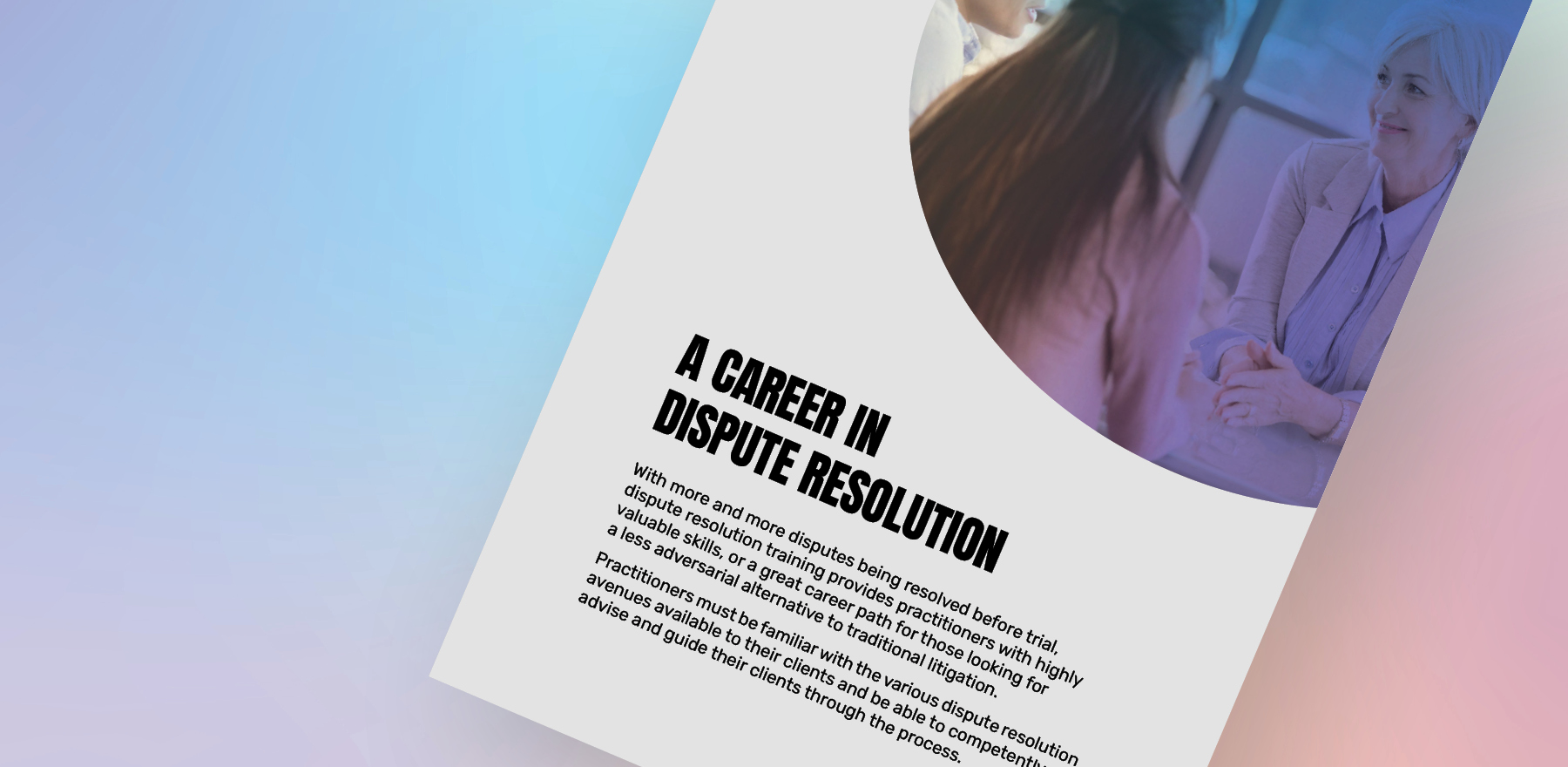




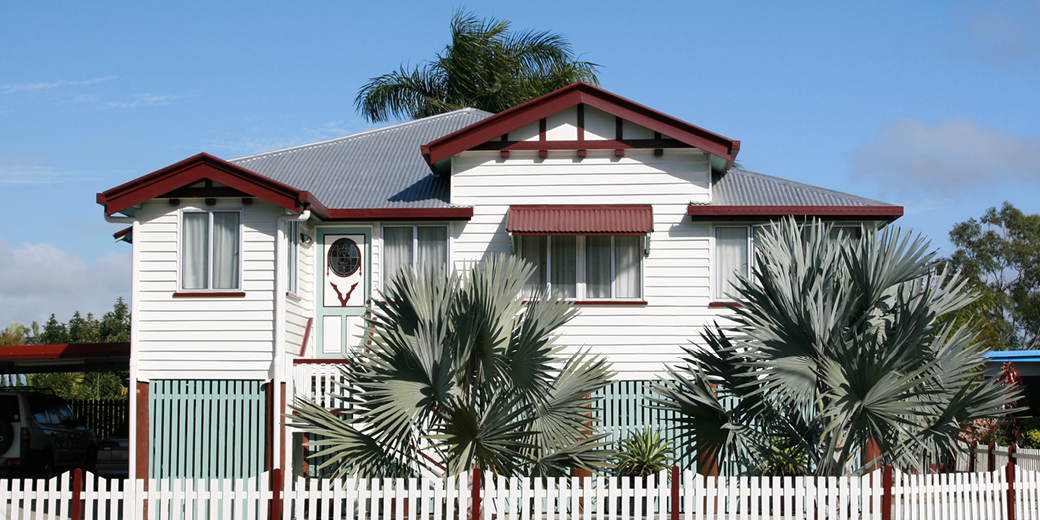


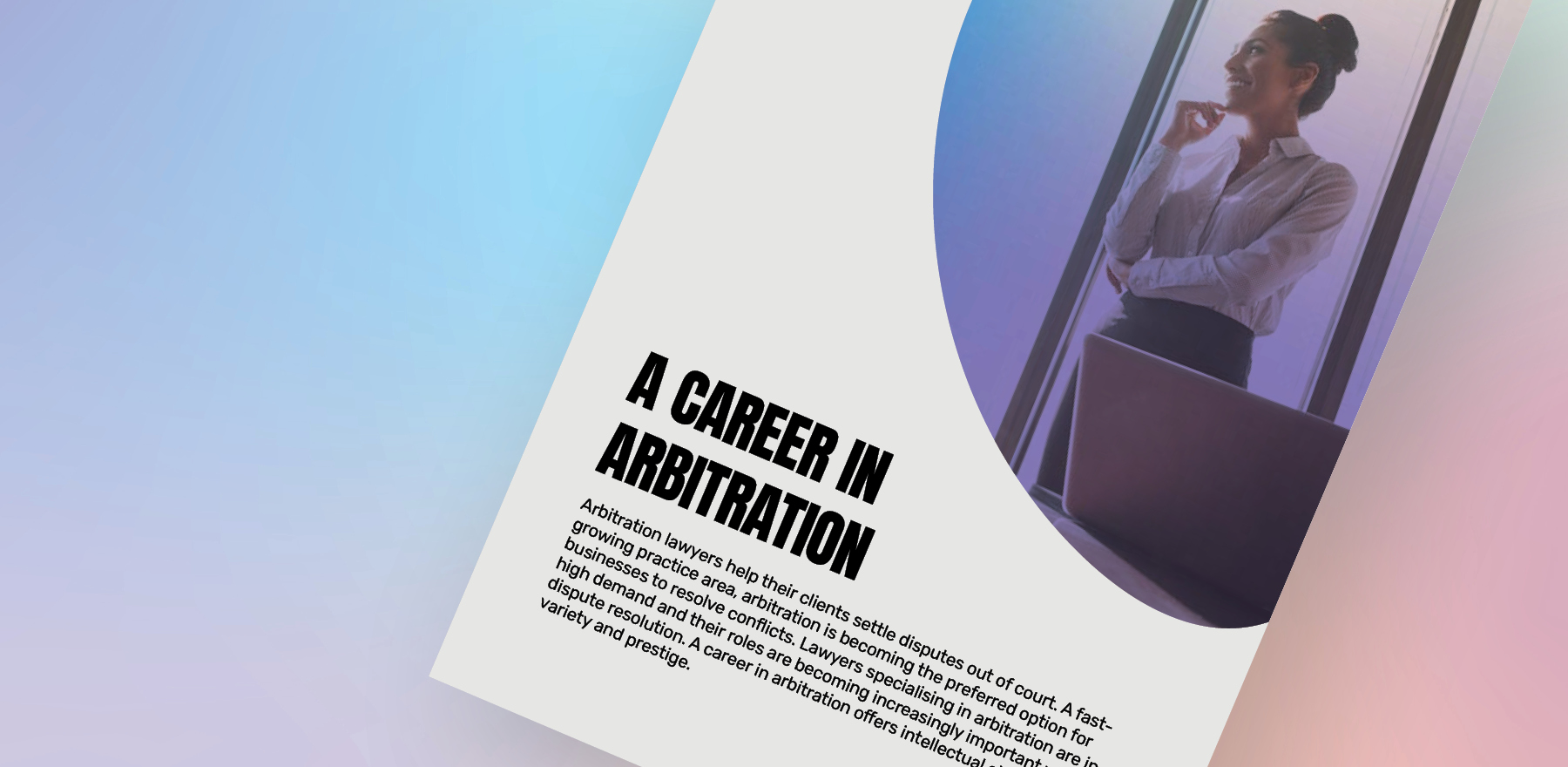




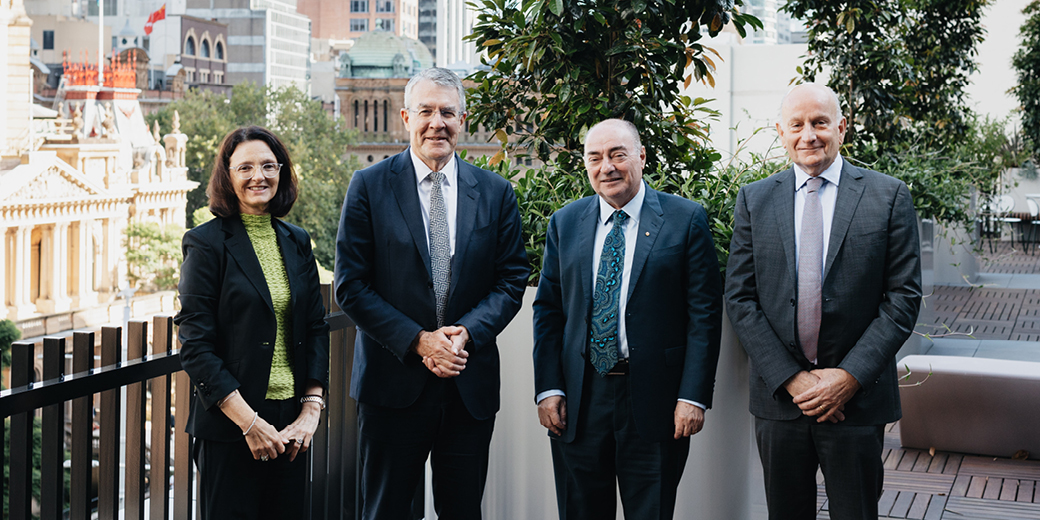














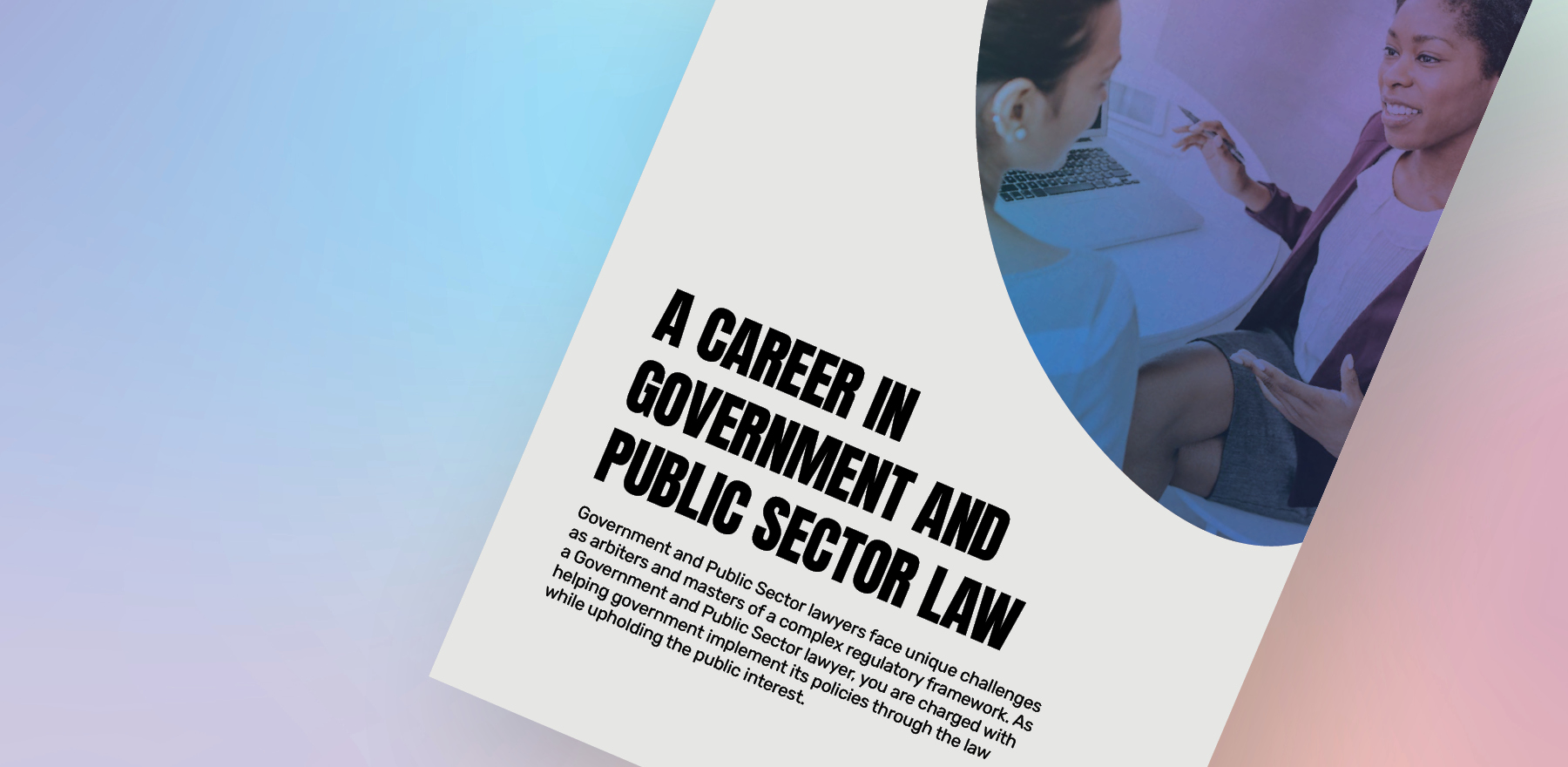


![How to handle Direct Speech after Gan v Xie [2023] NSWCA 163](https://images4.cmp.optimizely.com/assets/Lawyer+Up+direct+speech+in+drafting+NSW+legislation+OCT232.jpg/Zz1hNDU4YzQyMjQzNzkxMWVmYjFlNGY2ODk3ZWMxNzE0Mw==)

















